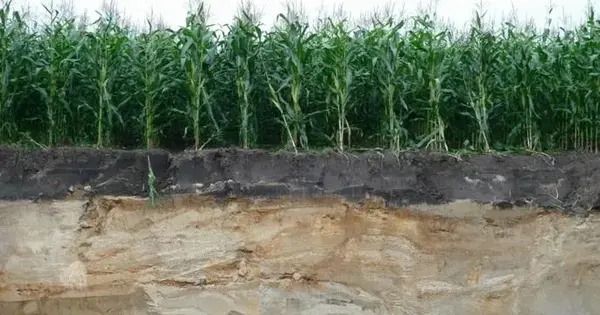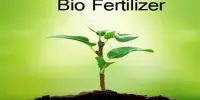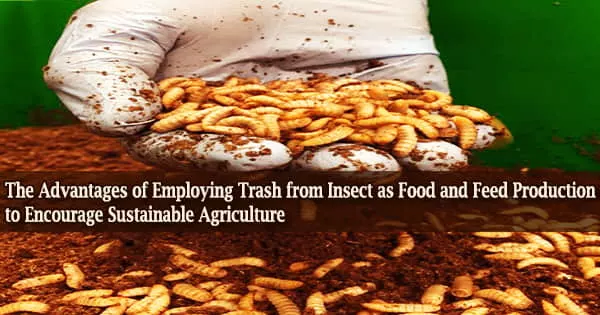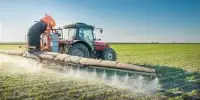Plaggen soil, also known as plaggic anthrosol, is a form of soil that developed in parts of northwest Europe during the Middle Ages as a result of “plaggen” cultivation on marginal podzol soils. It refers to a historic farming technique in which a layer of organically rich sods is periodically applied to the surface of agricultural land. This approach was previously common in Northwestern Europe, especially in areas with nutrient-poor soils such as heathland or moorland.
To fertilize the fields, pieces of heath or grass with roots and humus (“plaggen”) were cut and used as bedding for cattle or sheep. In the spring, this bedding was supplemented with slurry and distributed as manure over the fields around the settlement. The long-term practice of this type of agriculture resulted in a rich agricultural soil that ranged in depth from 40 cm to over 1.50 m, as opposed to modern arable soils, which are only 30 cm deep. The raised fields create a distinctive landscape with sharp elevation changes, known as Plaggenesche in Germany or Es in the Netherlands. This type of agriculture came to an end around 1900, with the introduction of fertilizer.
Characteristics and Benefits
- Organic Enrichment: Plaggen soil is rich in organic material, which helps improve soil structure, water retention, and nutrient availability.
- Fertility Improvement: By incorporating organic matter into the soil, plaggen farming helped maintain or increase soil fertility over time. This was especially valuable in regions where natural fertility was limited.
- Sustainable Practice: It was a sustainable practice in traditional agricultural systems, as it recycled nutrients and improved soil quality without relying heavily on external inputs.
Methodology
- Sod Cutting: Farmers would cut sods (turf with the grass and roots intact) from nearby grasslands or pastures.
- Application: These sods were then spread over the arable land surface and incorporated into the topsoil, typically by plowing or digging.
- Cycle: The process was repeated periodically as the added organic matter decomposed and was assimilated into the soil, maintaining fertility.
Decline and Modern Perspective:
- Industrialization: The decline of plaggen soil fertility largely coincided with the shift towards industrial agriculture and the availability of synthetic fertilizers in the 20th century.
- Environmental Impact: While effective for soil fertility, repeated sod cutting could have environmental consequences, such as habitat loss and soil erosion in the original grasslands.
Importance:
- Historical Significance: Plaggen soil fertility represents a historical example of sustainable agricultural practices.
- Modern Adaptations: Today, similar principles influence practices like organic farming and agroecology, emphasizing the importance of organic matter in soil health.
















